Gareth Hoskins 15 Apr 1967 – 09 Jan 2016
We continue to nurture the ethos of inclusion, creativity and enthusiasm in the practice he established over 20 years ago.
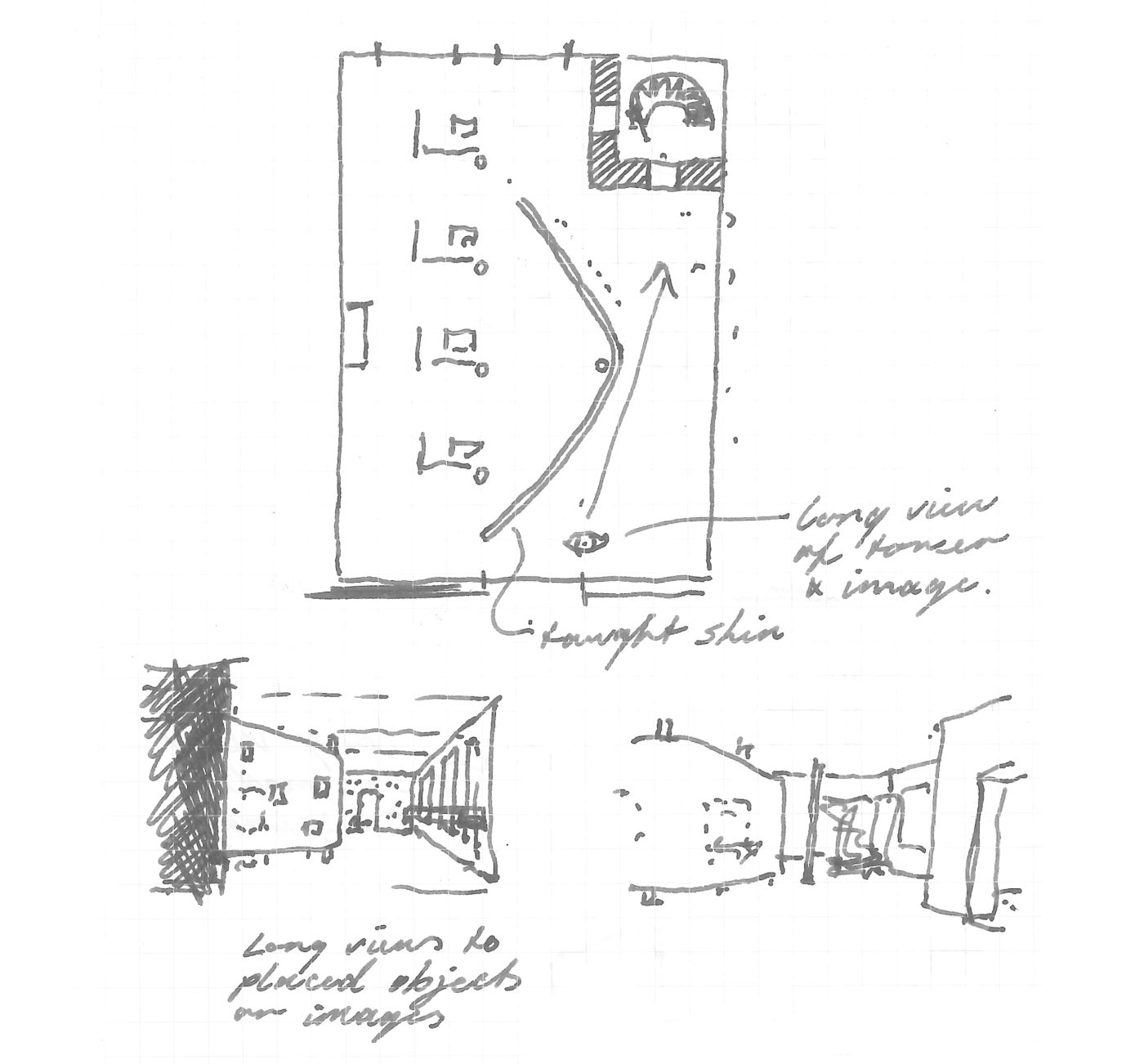
(sketches for Mackintosh gallery at the Lighthouse, 1998/9)
We continue to nurture the ethos of inclusion, creativity and enthusiasm in the practice he established over 20 years ago.

(sketches for Mackintosh gallery at the Lighthouse, 1998/9)
09 January, 2019
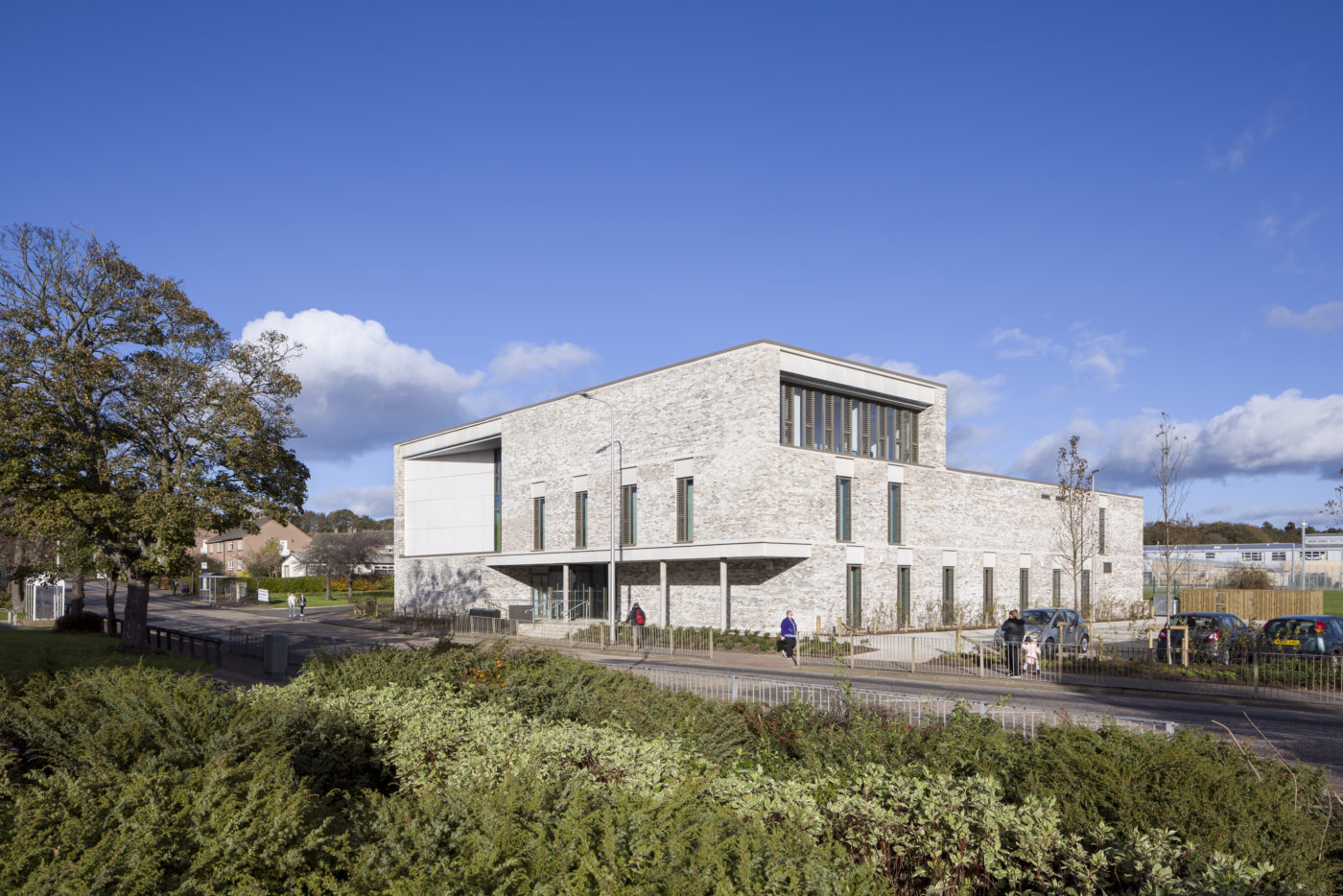
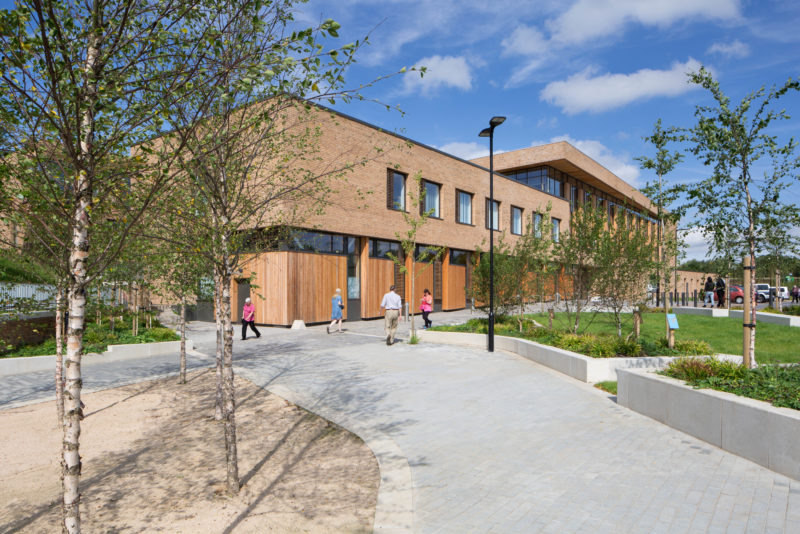
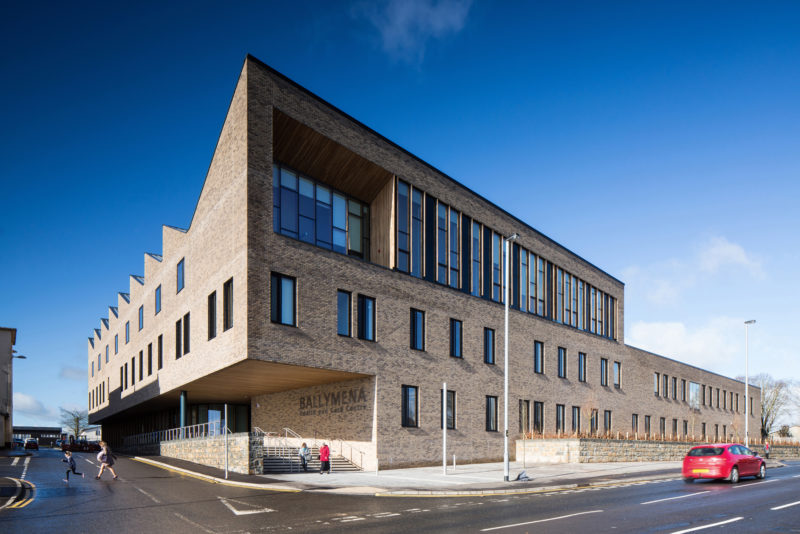
For three consecutive years, Hoskins Architects has won the Building Better Healthcare (BBHC) Award for Best Primary Care (New Build), for three different clients, with three new Primary Healthcare Buildings, each with a unique set of challenges.
What all of the projects share is a client that understands the positive influence good design can have on the way patients access care.
Read the recent article about the three winning buildings published on the Building Better Healthcare website:
https://bit.ly/2RmDm8w
08 January, 2019
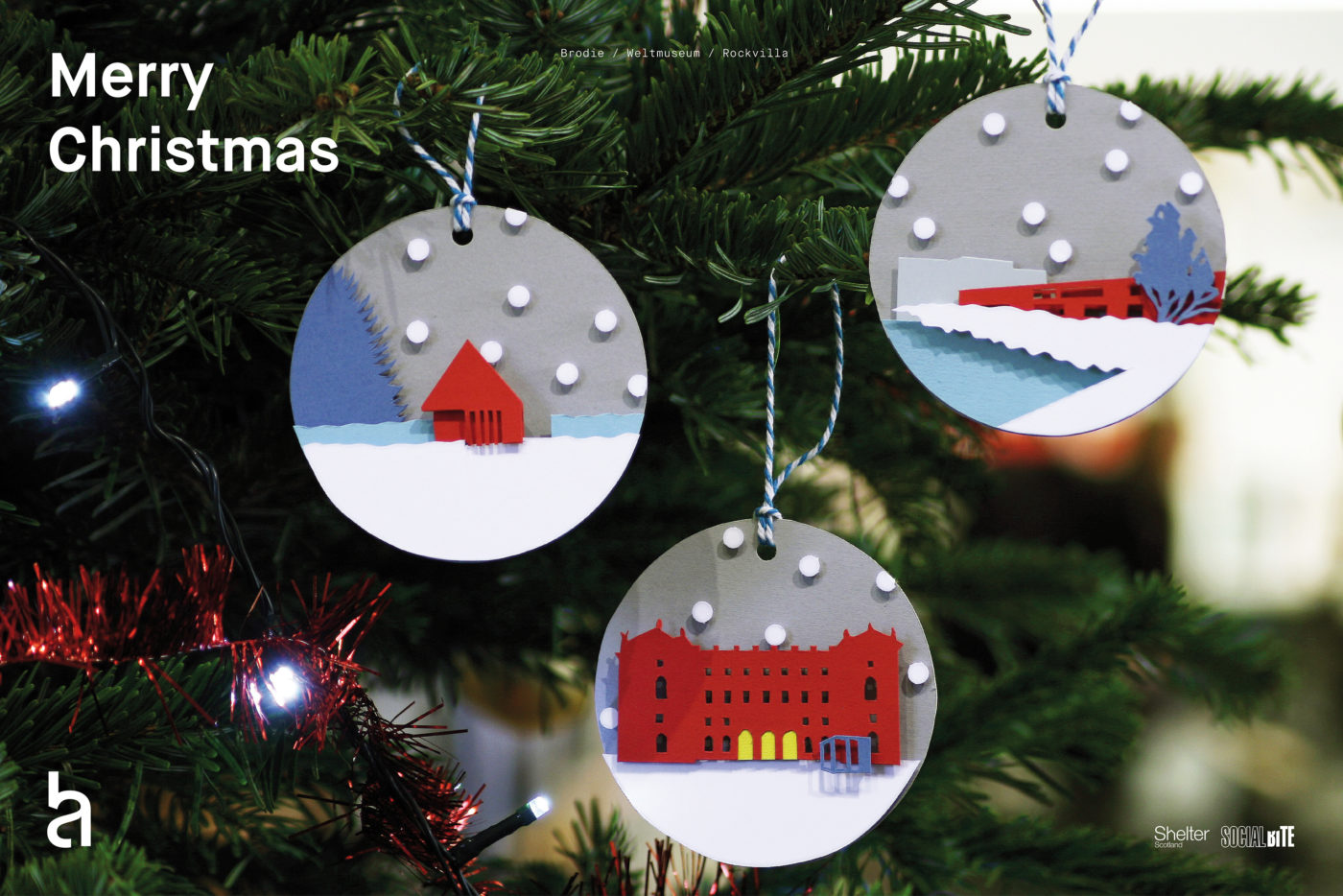
Featured: Paper Cut Baubles by Chloe Fawcett –
Brodie / Weltmuseum / Rockvilla
Wishing all our clients, consultants, friends and colleagues a wonderful festive break and sending best wishes for the new year, from all the staff at Hoskins Architects.
This year we are again supporting Shelter and Social Bite.
____
Hoskins Architects’ festive holidays:
Glasgow office will close at lunchtime on Friday 21st December and will re-open on Monday 7th January.
Berlin office will close at the end of Friday 21st December and will re-open on Wednesday 2nd January.
Have a fabulous festive break!
---
Hoskins Architects wünscht frohe Weihnachten!
Unser Büro in Berlin ist geschlossen von Samstag, den 22. Dezember bis Dienstag, den 1. Januar. Ab Mittwoch, den 2. Januar sind wir wieder für Sie da.
Unser Büro in Glasgow ist von Samstag, den 22. Dezember bis Sonntag, den 6. Januar geschlossen.
19 December, 2018
As part of Glasgow Doors Open Day 2018, Hoskins Architects' welcomed over 75 visitors to our workshop ‘Dream House’ on 15/09/18. Guests had a chance to design & model their own ‘Dream House’ from plasticine. Throughout the day, thanks to the fun and creative imagination of all our visitors, an impressive landscape was constructed! We’d like to thank everyone who took the time to stop by and let their creative juices flow, we hope you enjoyed it as much as we did!
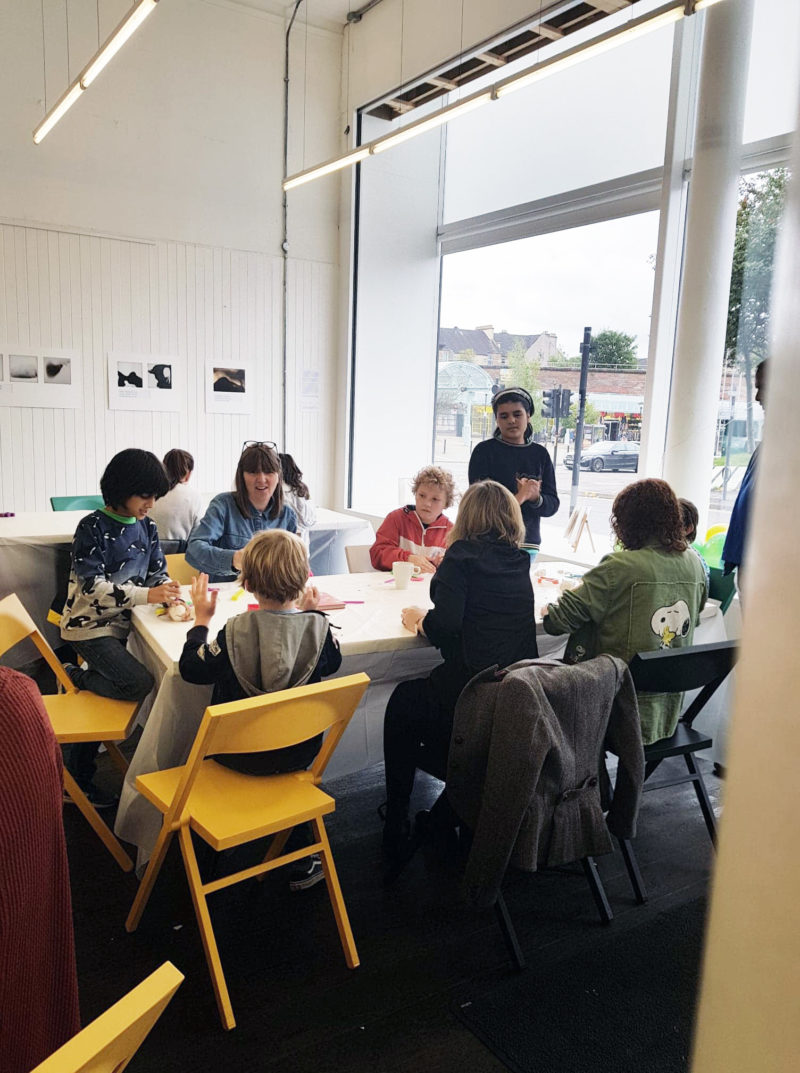
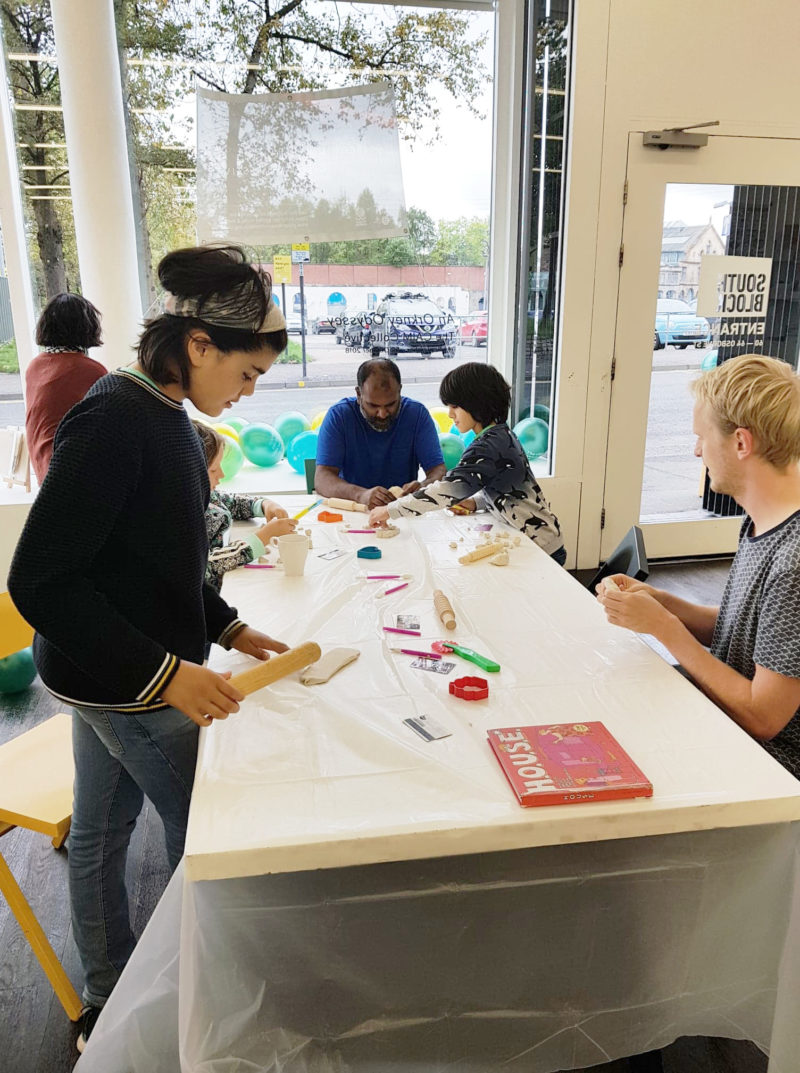
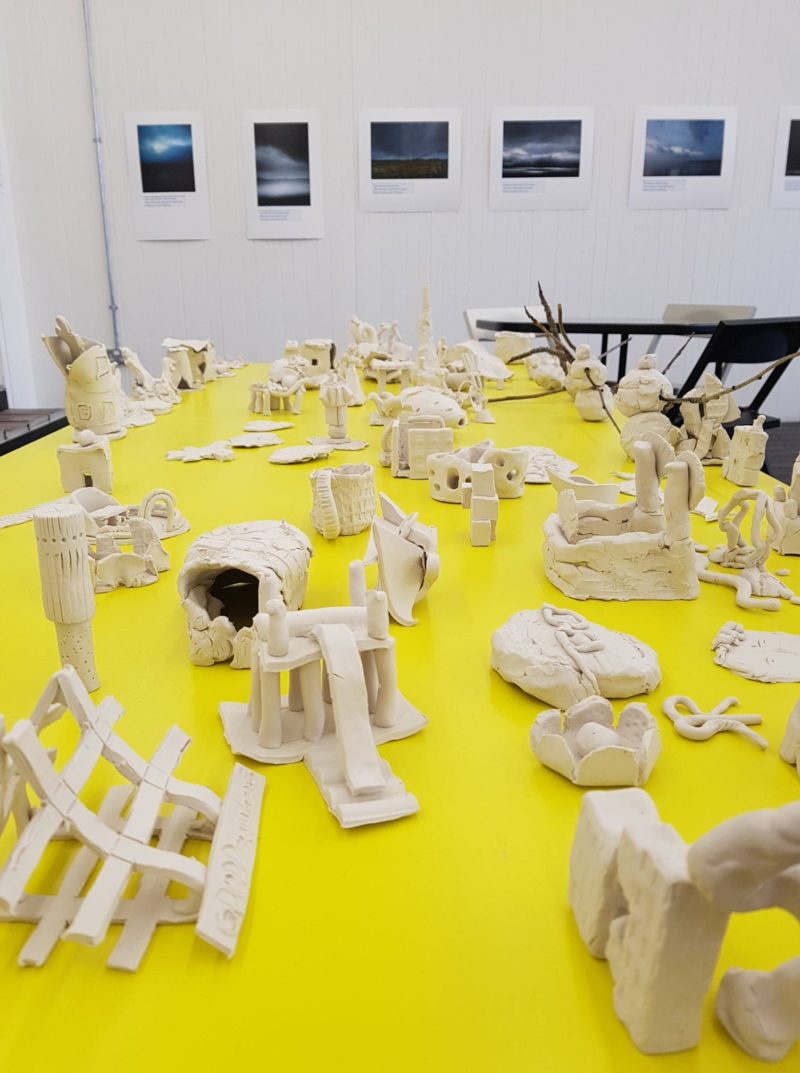
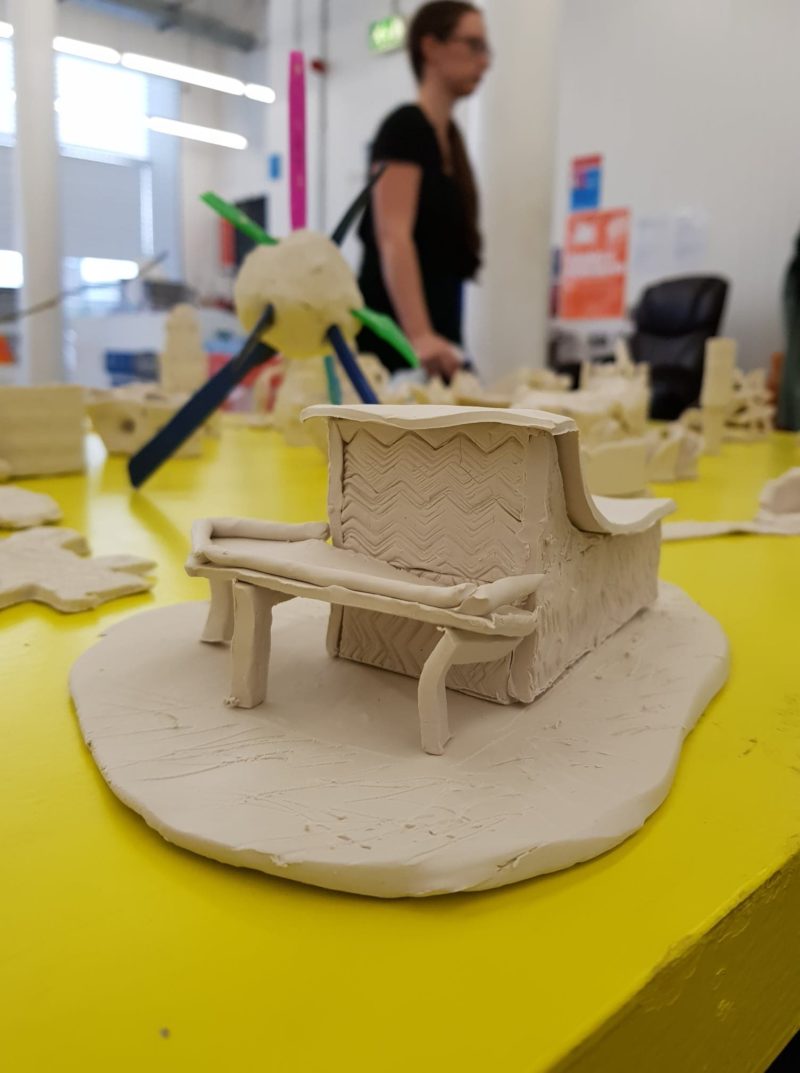

A special thanks to Brian McGinley from McGinley Bell, for stopping by and showing us some of their up and coming projects and talking us through the award winning refurbishment of SouthBlock.
To keep up to date with the goings-on follow us on Twitter @Hoskins_Arch for future news and other events.
03 October, 2018
At the end of a glorious and decidedly ‘un Scottish’ summer, Hoskins Architects held our annual studio party in Glasgow last night. The event was a chance to welcome friends and colleagues old and new, and celebrate the achievements of the previous 12 months with drinks, nibbles and convivial conversation. This year, the party also marked two specific milestones: the 20th anniversary of the founding of the practice and the appointment of three long time team members to the board. We are delighted to announce the directorships of Gordon Gibb, Nick Van Jonker and Sophie Logan. They join existing directors Chris and Jen in Glasgow and Thomas and Gabriele in Berlin, and we look forward to meeting the challenges and opportunities of the next 20 years together.
13 September, 2018
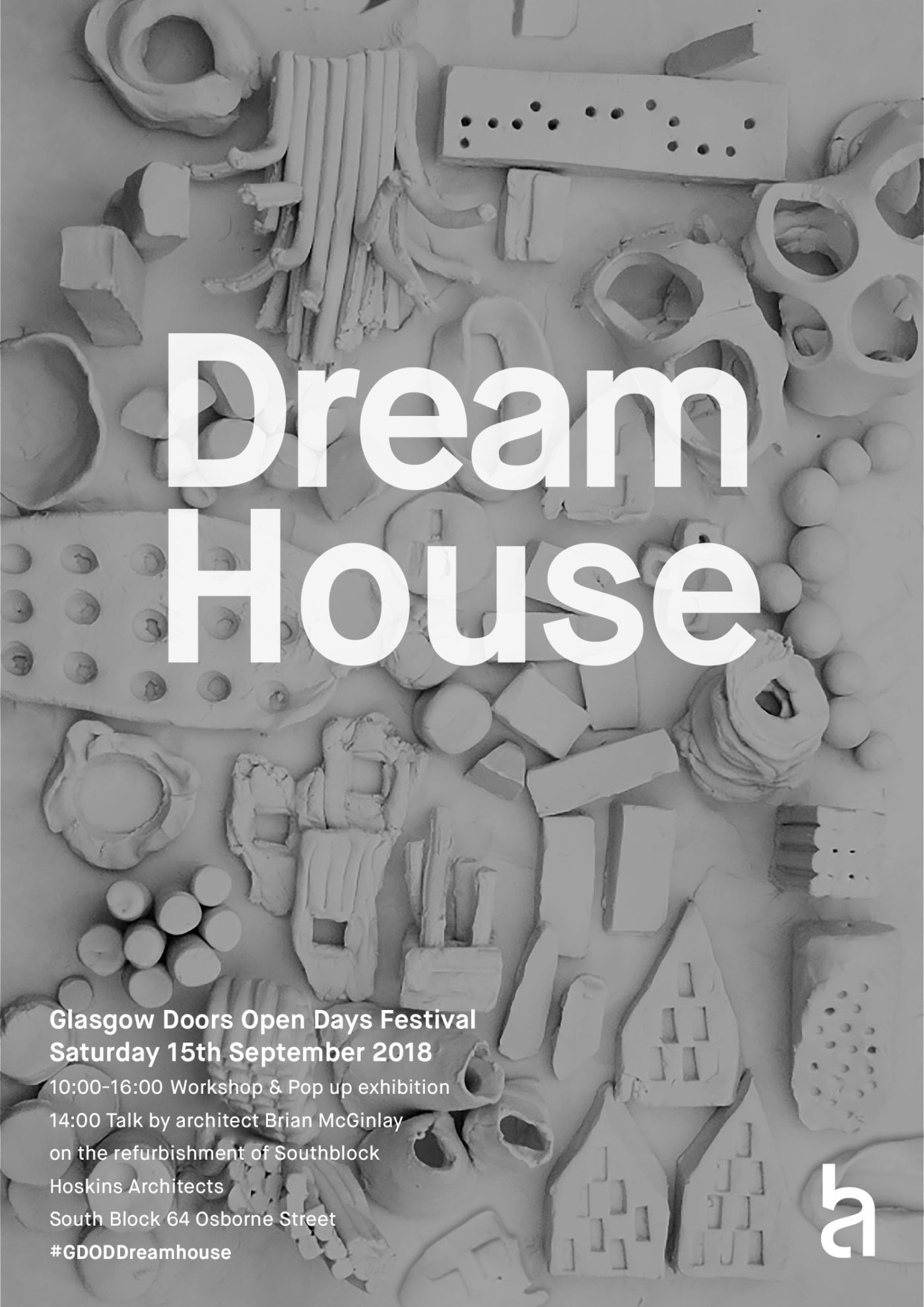
As part of Glasgow Doors Open Days 2018, come and visit Southblock to see Hoskins Architects’ pop up exhibition ‘Home’ & get involved in their drop-in ‘Dream House’ workshop.
Be it an underwater tower block, a bungalow in the sky or Chewbacca's holiday home - get designing!
Visitors will have the chance to design & model their own dream house from plasticine which will become part of a large landscape that is constructed over the course of the day. Hoskins Architects will use the process to explain how the design of buildings and the spaces between them can contribute to improving our lives. The activity is targeted at all ages, skills and abilities.
The workshop is accompanied by an exhibition of houses by MacKay-Lyons Sweetapple Architects & Hoskins Architects, first shown at the Royal Scottish Academy in 2016.
In addition, at 2PM in the gallery space, architect Brian McGinlay will talk about the award-winning refurbishment of SouthBlock, undertaken by Nord Architects on behalf of Wasps Studios.
All materials will be provided. Children are required to be accompanied by an adult. Booking is NOT required. Places will be allocated on a first come first served basis on the day.
05 September, 2018